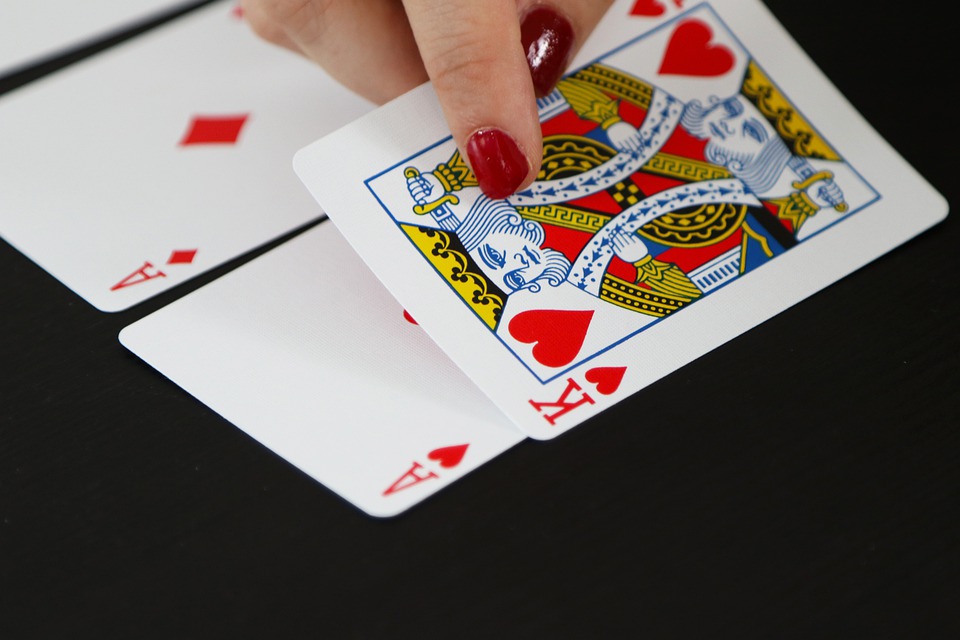As you hone your Texas Hold Em skills, you’ll come across various terms and concepts you must master to be a winning player. One such term is “board.” You’ll often hear experienced poker players talk about the board or what cards are “out there” on it.
In this article, we’ll take a closer look at this element of Texas Hold Em, define what it means, and explain how you can use board information to your advantage at your next match, be it in a live game or an online tournament on sites like GGPoker, the world’s largest poker room.
What is a “Board” in Poker?
In poker, a board refers to the face-up cards in the middle of the table that all players can use to make their hand. It’s a common feature of community card games like Texas Hold Em and Omaha poker.
In a standard game of Texas Hold Em, the board will always consist of five cards: three flop cards, one turn card, and one river card.
In Texas Hold Em, players will use any combination of their two hole cards and the five community cards on the board to make the best five-card poker hand possible. The better the hand, the bigger the chance of winning the pot.
Board Texture
Each poker game’s board will have a unique texture, determined by the poker card values and suits out there and how they interact with your hole cards.
Board texture dictates the beginning of a post-flop poker strategy after hand ranges have been defined by preflop poker play. It’s a crucial concept that allows players to better understand the strength of their hand and their opponents’, and how to proceed to bet on each street with that knowledge.
Poker has two main types of board textures: wet and dry. Let’s take a look at what each term means.
Wet Board
A wet board is a poker board that features many suited or connected cards, giving players a wide range of possible hand combinations. This board texture works well with made hands and draws as it offers many ways to improve such card combinations.
Common examples of a wet board include flops like Jack-Queen-King suited, 4-5-6 (connected), or Ace-Four-Five offsuit (two low cards that can make a straight).
A wet board makes a game more interesting as it decreases the likelihood of players folding and provides more opportunities for bluffing in later streets. For instance, a player with a mediocre hand may call on the flop and turn, only to make a big bet or raise on the river after pairing their card or completing a draw.
Dry Board
A dry board, on the other hand, is one where cards offer limited to zero ways to improve a poker hand. This board texture usually features a high number of unpaired cards or cards of different suits that don’t connect.
A “rainbow” flop is a common example of a dry board. This pertains to a flop that contains three cards of different suits. For example, a Jack of Hearts, Seven of Spades, and Two of Clubs. Or a King of Diamonds, Ace of Hearts, and Five of Spades.
A dry board favors made hands over draws and often leads to players with a strong hand betting more aggressively to try and build the pot. The lack of flush and straight possibilities also leads more players to fold their hand as the likelihood of improving it is slim.
The Importance of Board Texture

It’s vital to quickly read and analyze board texture as it can give you a significant advantage over your opponents.
As mentioned, you’ll be able to assess the strength of your cards better and make more informed post-flop decisions when you understand your poker hand probabilities based on the current board. This will, in turn, lead to better performance and more chances of taking down the pot.
Additionally, if you have a good grasp of your opponents’ hand ranges, you can better predict how they will react to different board textures. If you know your opponent is playing a tight range, you can expect them to be more cautious on a dry board.
On the other hand, if you’re competing against a player known to bluff often, a wet board may give them the perfect opportunity to do so.
Knowing how to take advantage of your opponent’s tendencies is a crucial part of poker strategy, and being able to read board texture can help you do just that.
Using Board Texture to Your Advantage
Now that you know what a poker board is and its two main types of textures, it’s time to learn how to use this information to your advantage in a Texas Hold Em poker game.
When playing poker, pay attention to the board and how it changes after each street. This will give you a good idea of what kind of hands are possible and help you take more thoughtful steps based on the strength of your hand and what you know of your opponents’ cards.
Additionally, take note of the following suggestions to help you maximize your poker profits on different boards:
On a Wet Board
On a Dry Board
Understanding poker boards and their textures is a vital skill for any Texas Hold Em player. By paying attention to the board, you can make more informed decisions leading to better performance and results at the poker table.
Use this guide to help you take advantage of different board textures and improve your poker game today!

